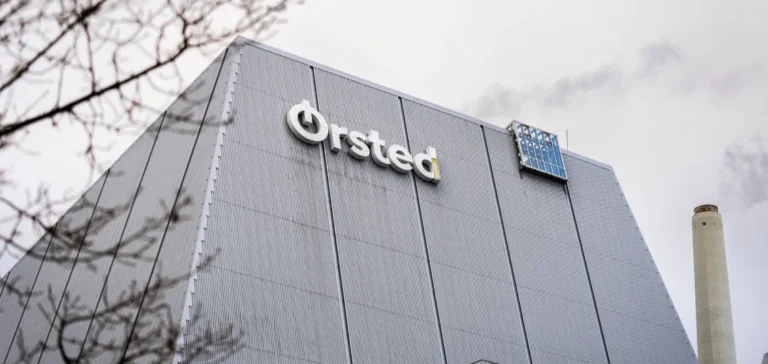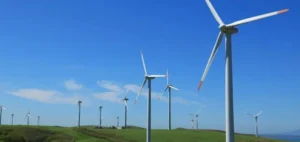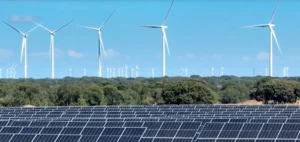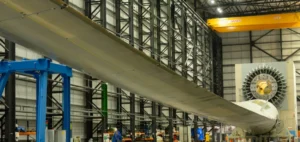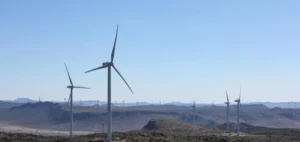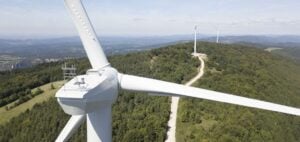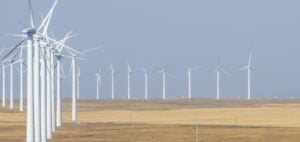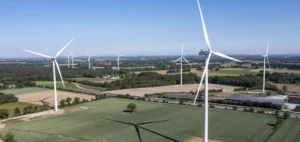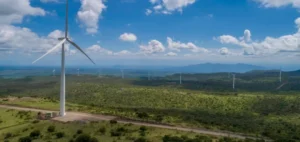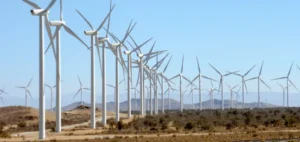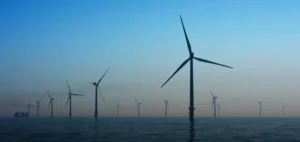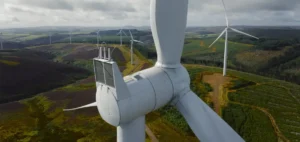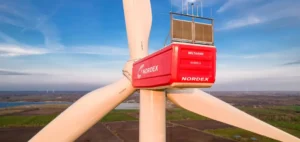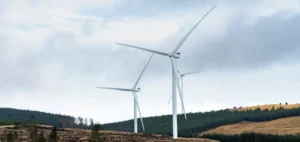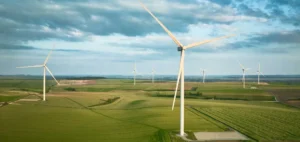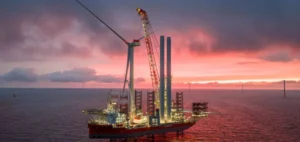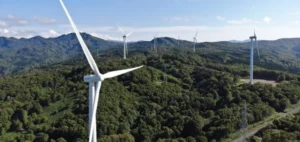Ørsted A/S has announced a capital increase of 60 billion Danish kroner (DKK60 bn, $8.74 bn) through a rights issue reserved for its existing shareholders. The move comes after the cancellation of the partial sale of the Sunrise Wind offshore wind farm in the United States, deemed unviable under current market conditions. The Danish state, which holds 50.1% of the company’s capital, has confirmed its proportional participation in the fundraising.
Financial results and medium-term targets
For the first half of 2025, Ørsted reported earnings before interest, tax, depreciation and amortisation (EBITDA) of DKK15.5 bn, up 10% compared with the same period in 2024. Excluding new partnerships and cancellation fees, EBITDA reached DKK13.9 bn, a 9% year-on-year increase. Offshore site revenues rose to DKK12.5 bn, driven by the ramp-up of Gode Wind 3 and compensation related to grid connection delays at Borkum Riffgrund 3, despite below-average wind speeds. Net profit stood at DKK8.2 bn compared with DKK931 million a year earlier.
Underwriting and project financing
Unexercised rights by existing shareholders will be fully subscribed by Morgan Stanley & Co. International plc, acting as sole underwriter of the transaction. The proceeds will finance full ownership of Sunrise Wind, strengthen the financial structure and support an investment programme of DKK145 bn ($21.12 bn) over the 2025-2027 period, which is DKK15 bn higher than previous forecasts. This increase reflects the full integration of Sunrise Wind and the expected rise in costs in the US market.
Project pipeline and ongoing divestments
Between 2025 and 2027, Ørsted plans to deliver 8.1 gigawatts (GW) of offshore capacity under construction. The company maintains its annual EBITDA guidance of DKK25-28 bn for 2025, with a target of above DKK28 bn in 2026 and DKK32 bn in 2027, and an average return on capital employed (ROCE) of 11% over the period. At the same time, partial divestment processes are underway for Greater Changhua 2 (Taiwan) and Hornsea 3 (United Kingdom), along with a potential sale of its European onshore business. Ørsted aims to generate more than DKK35 bn ($5.1 bn) in divestment proceeds by 2026.


